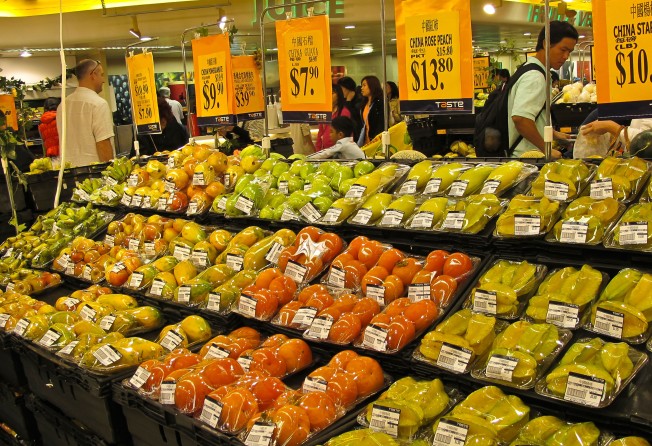Improve checks on fresh food imports
The Ombudsman has identified several loopholes in the system to ensure food safety and these must be closed to ensure the public is not put at risk

As most of our fresh food is imported, Hong Kong relies heavily on quality control at source – usually the mainland – and random testing at border checkpoints and markets. It is a simple safety net. Regrettably, it remains plagued by a chequered history. Ten years ago, for example, Greenpeace said video surveillance at the Man Kam To food control centre captured at least 10 trucks loaded with vegetables from the mainland bypassing the centre without inspection in just 30 minutes. The government countered by saying tests on 3,200 samples of vegetables, fruit and other produce in the preceding two months found only four exceeded permitted limits of pesticide, colouring or preservative.
Two years later, tests commissioned by this newspaper broadly confirmed the results of government tests that found only 43 samples of more than 11,000 food items exceeded safety limits. If that sounds conclusive, however, the Ombudsman for one is not convinced. The governance watchdog has issued a damning report on loopholes in the city’s fresh-food safety system that it said raised the risk of unsafe produce entering markets and jeopardising people’s health.
Potentially hazardous loopholes identified by Ombudsman Connie Lau Yin-hing included slack safety tests on imported fruit and vegetables, “hasty” or no inspections at checkpoints, slow laboratory results and lax rules on lead residues in leafy greens. Detailed examples included sloppy, hasty sampling of a few, easily accessible crates of produce near the doors on mainland trucks, instead of sampling of crates randomly selected from the entire load; worse, even though 80 per cent of fruit and vegetables are consigned by sea, none are tested routinely at the Kwai Chung checkpoint or importers’ warehouses, but only as part of general sampling at wholesale and retail level. A trial scheme begun recently to sample seaborne produce at importers’ warehouses is therefore welcome. Lau calls for more sampling at the Man Kam To checkpoint and better instructions for officers.
A wait of 19 working days for lab test results and guidelines for lead content 20 times higher than World Health Organisation standards are both unacceptable and self defeating for extensive testing at the wholesale and retail level. The Food and Environmental Hygiene Department’s response is that large-scale sampling is not practicable and, anyway, fruit and vegetables are not high-risk foods. This meets public expectations only so long as nothing slips through. Significant contamination may not be found very often, but when it is it can be profoundly disquieting to consumers – more so if it is not found until the goods are already on sale. Fresh food safety cannot be taken for granted. Ultimately the safety regime is only as good as its weakest link.